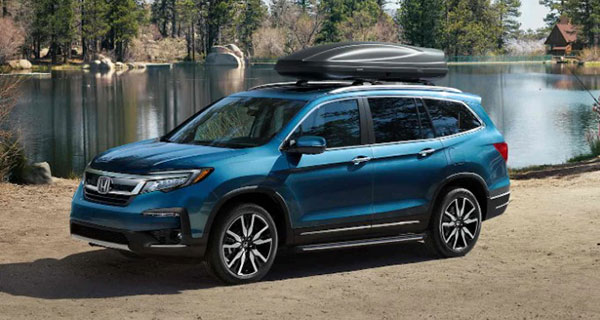 What’s happened to Honda? Things just aren’t the same anymore.
What’s happened to Honda? Things just aren’t the same anymore.
Let me back up a bit. I like Honda products. Have done for years. If I look around my family and friends, I can count at least half a dozen Accords and Civics, some of which I have recommended. And when anyone asks me what to buy – new or used – I have invariably replied: the best Honda you can afford.
Until now, I have always liked the driveability, ergonomics, peripheral visibility and cast-iron reliability of Honda products. And, for my money, no other manufacturer builds better small displacement engines.
The Civic, in particular, is still a masterpiece of efficiency and comfort. Don’t take my word for it – it’s been the best-selling car in Canada for at least two decades.
But lately, things have been changing, and not in a good way. Over the past few weeks, I’ve driven a variety of Honda and Acura products, and I’m not as enthusiastic about them as I used to be.
Let’s start with the Civic.
As of 2014, if you want a Civic with an automatic transmission, you get their “stepless” continuously variable transmission (CVT), whether you like it or not. That’s instead of the traditional planetary gear setup that has served Honda well for decades.
This is an industry trend and I don’t like it. There was nothing wrong with the old gearbox and despite Honda’s claims that the CVT improves efficiency, it’s a step backwards. Other models, such as the CR-V, have also adopted this transmission, to their detriment.
The problem is that Honda’s CVT deadens the vehicles driveability. There’s a disconnect between car and driver that really comes into play when you need reserve power for passing or acceleration. The drivetrain doesn’t kick down or respond as promptly as it used to. In some circumstances, the Civic is a slug.
The old drivetrain was well co-ordinated and durable; the new setup is just annoying. With the CVT, the Civic’s/CR-V’s likable liveliness and sporty overtones are gone.
An then there’s fuel economy. According to Natural Resources Canada, a 2013 Civic with the former automatic transmission returned 8.3 litres per 100 km in town and 6.0 on the highway. A 2019 Civic, with the CVT, is good for 7.9 and 6.1, respectively. So, it’s slightly thriftier in the city but actually a titch thirstier on the highway.
Fortunately, Honda still offers a six-speed manual – buyers are advised to consider it. It may be slightly thirstier, but you won’t find a smoother clutch and shift mechanism, and it’s just as straightforward to drive as an automatic.
Moving on to the Pilot.
The Pilot has a couple of things that drive me nuts. First and foremost, the settings for the driver’s seat and outside mirror don’t obey the driver. You can set them until you’re blue in the face, and you still have to reset every time you slide behind the wheel.
The system automatically slides the seat back as far as it can go for improved access. OK. But it doesn’t come back until you re-adjust. Day-in and day-out, this is infuriating.
As for the outside mirrors … well, they have a mind of their own and will not reset themselves to your driving position, no matter what.
And for 2019, the Touring version of the Pilot has a nine-speed automatic transmission. Again, it’s not well executed and doesn’t ‘shake hands’ with the V6 engine, resulting in vague performance punctuated by sudden bursts of acceleration when you give it some gas.
All Pilots have a variable cylinder management system and the nine-speed doesn’t seem to want to get along with it. That’s annoying and given the vehicle’s $50,000-plus price, it’s completely unacceptable.
If you’re in the market for this vehicle, my advice is to stay with the six-speed and save yourself some money in the process.
Last but not least: switchgear and ergonomics.
Like all upscale Honda products, the Pilot Touring has an audio touch screen, which makes finding radio stations and audio settings much more complicated than it needs to be.
Half the time, you press the screen and it simply doesn’t respond. Clipping along a busy freeway in bumper-to-bumper traffic at 100 km/h, this is the last thing you need: to be futzing around with radio controls.
This complaint applies to all Acuras, as well.
I still like Honda products, and the Civic remains a contender in terms of driveability and fuel economy. But Honda appears to be disregarding the ‘if it ain’t broke, don’t fix it rule’ and, among other things, hasn’t perfected the CVT yet.
To paraphrase George Harrison: all things must change. But sometimes, they shouldn’t.
Ted Laturnus writes for Troy Media’s Driver Seat Associate website. An automotive journalist since 1976, he has been named Canadian Automotive Journalist of the Year twice and is past-president of the Automotive Journalists Association of Canada (AJAC).
The views, opinions and positions expressed by columnists and contributors are the author’s alone. They do not inherently or expressly reflect the views, opinions and/or positions of our publication.




